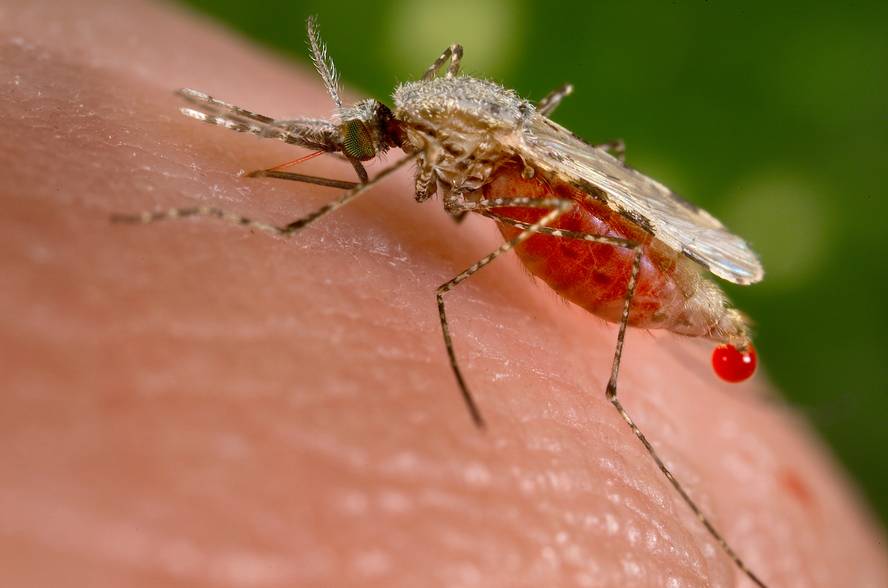Create GM mosquitoes to fight malaria
Scientists at the University of California have created GM mosquitoes resistant to the parasite responsible for malaria. For this purpose a new technique of editing genes in powder has been used, which has allowed virtually all descendants of modified mosquitoes to inherit resistance to the parasite. Thus, its application in wild mosquitoes would be immediate for the populations.
Three years ago the antibody gene, resistant to malaria, was introduced into the mosquito genome Anopheles stephensi. They found that these mosquitoes could break the life cycle of the parasite responsible for malaria, thus losing the ability to transmit malaria. The problem was that it was impossible to expand this gene into wild mosquito populations.
Now, however, they have published in PNAS magazine that they have used the CRISPR/Cas9 technique to create these transgenic mosquitoes. Thus they have achieved that 99% of the descendants of modified mosquitoes inherit the antibody gene and have seen that the gene is active in those mosquitoes. Thus, they estimate that 10 generations would be enough to expand into a population.
In fact, the CRISPR/Cas9 technique is raising dust lately. On the one hand, in China, where human embryos were used for the first time for their genetic transformation, and on the other hand, researchers and experts are asking for a prudent use of this technique (1,2,3), especially for their ability to propagate transformations in populations. Those responsible for the creation of transgenic mosquitoes against malaria have also recognized the obligation to act prudently and, among other things, the need to adequately measure the effects of the release of these mosquitoes in wild populations.






